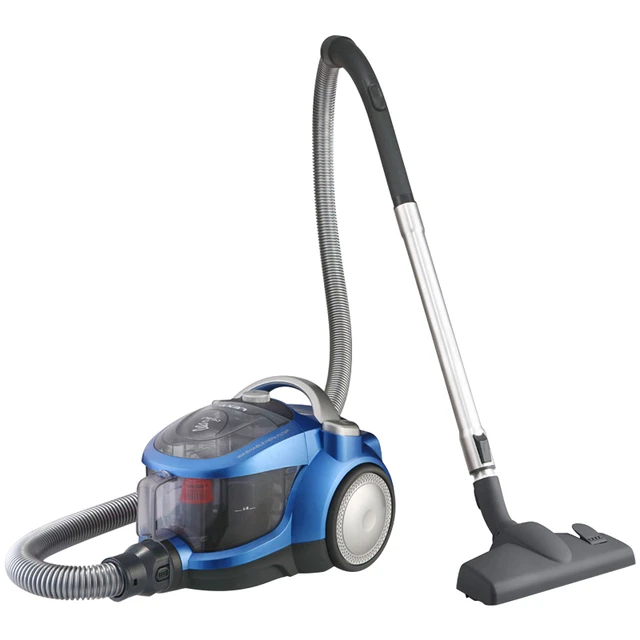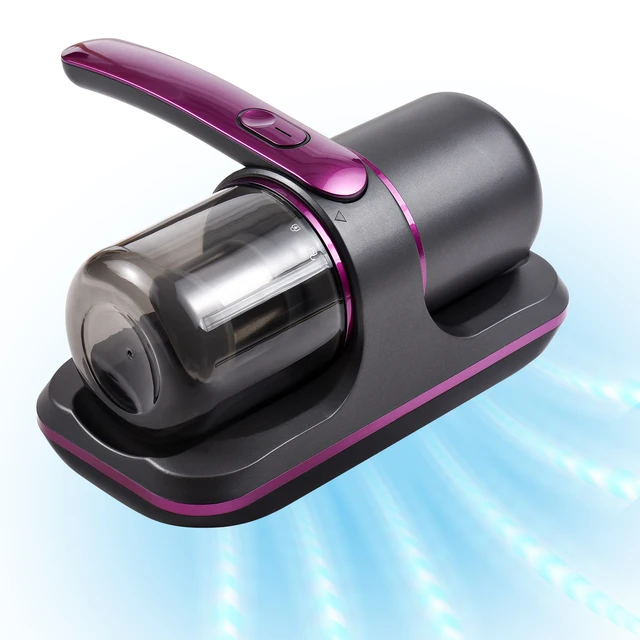Introduction:
The force of a vacuum, often referred to as vacuum pressure, is a fundamental concept in physics and engineering. It plays a crucial role in various applications, ranging from everyday tasks like cleaning with a vacuum cleaner to scientific experiments and industrial processes. Understanding the force of a vacuum is essential for comprehending its power and capabilities. In this article, we will explore the force of a vacuum, its measurement, and its practical applications, providing a comprehensive overview of this topic.

What is the force of a vacuum?
Defining Vacuum Pressure:
Vacuum pressure refers to the force exerted by a vacuum, which is a region devoid of matter or air. It is the difference in atmospheric pressure between the vacuum and its surroundings.
Measurement Units for Vacuum Pressure:
Different units are used to measure vacuum pressure, depending on the application and the range of pressures being considered. Here are some common units:
a. Pascals (Pa): The Pascal is the SI unit of pressure. Vacuum pressure is often measured in Pascals, which represents the force per unit area. Atmospheric pressure at sea level is approximately 101,325 Pascals (Pa).
b. Inches of Mercury (inHg): This unit is often used in the United States for measuring vacuum pressure. It refers to the height of a column of mercury that the vacuum pressure can support. One standard atmosphere is approximately equal to 29.92 inHg.
Practical Applications:
The force of a vacuum has numerous practical applications across various fields. Here are some examples:
a. Household Cleaning: Vacuum cleaners utilize suction pressure to draw in dirt, dust, and debris from surfaces. The force of the vacuum created by the motor and fan system allows for effective cleaning.
b. Industrial Processes: Vacuum pressure plays a vital role in various industrial processes.
c. Scientific Experiments: In scientific experiments, a vacuum is often created to remove air or other gases that could interfere with the experiment. Vacuum pressure is crucial for creating controlled environments in fields such as physics, chemistry, and biology.
d. Astronomical Observations: In astronomy, vacuum pressure is relevant in the context of space travel and the study of celestial bodies. The vacuum of space is responsible for phenomena such as the absence of sound and the preservation of astronomical objects.

Forces Acting in a Vacuum:
While a vacuum is devoid of matter, various forces can still have an effect within it. These forces include:
a. Electrostatic Forces: Charged particles within a vacuum can exert electrostatic forces on each other.
b. Gravitational Forces: Gravity still acts within a vacuum. Astronomical bodies and other massive objects exert gravitational forces on each other, even in the absence of an atmosphere or other matter.
c. Quantum Forces: At the microscale, quantum forces come into play within a vacuum. These forces arise from interactions between subatomic particles and can have significant effects in the realm of quantum physics.
Vacuum Pump Systems:
To create and maintain a vacuum, vacuum pump systems are utilized. These systems remove gases from a sealed chamber, creating an environment with lower pressure or vacuum. Some commonly used types of vacuum pumps include:
a. Rotary Vane Pumps: These pumps utilize rotating vanes to create a vacuum. As the vanes rotate, they trap and compress gas molecules, reducing the pressure within the pump.
b. Diaphragm Pumps: Diaphragm pumps use flexible diaphragms to create pressure differentials and move gas molecules out of the chamber. They are often used in applications where oil contamination is undesirable.
c. Turbo Pumps: Turbo pumps use high-speed rotating blades to create a vacuum. The blades impart momentum to gas molecules, pushing them out of the chamber.
d. Cryopumps: Cryopumps use extremely cold temperatures to freeze and trap gas molecules. They are efficient at creating high vacuums but require a constant supply of a cryogenic fluid, such as liquid nitrogen or helium.

Vacuum Pressure and Barometric Pressure:
Barometric pressure varies with altitude and weather conditions. Understanding the relationship between vacuum pressure and barometric pressure is important in certain applications. Here are a few key points:
a. Absolute Pressure: Vacuum pressure is often measured relative to atmospheric pressure. Absolute pressure combines vacuum pressure and atmospheric pressure to provide a comprehensive measurement. It is the sum of the vacuum pressure and the current barometric pressure.
b. Differential Pressure: Differential pressure is the difference between two pressure measurements. In the context of vacuum pressure, it is often the difference between the vacuum pressure and atmospheric pressure.
c. Barometric Correction: When working with vacuum systems, especially in scientific experiments or applications requiring precise pressure control, it may be necessary to correct for changes in barometric pressure. Barometric correction ensures that the vacuum pressure remains accurate and consistent by compensating for variations in the surrounding atmospheric pressure.

Safety Considerations with Vacuum Systems:
Working with vacuum systems requires attention to safety considerations to ensure the well-being of personnel and the proper functioning of equipment. Here are a few safety considerations to keep in mind:
a. Proper Ventilation: Adequate ventilation is essential when working with vacuum systems, especially in enclosed spaces. Proper ventilation helps prevent the buildup of harmful gases or vapors and ensures a safe operating environment.
b. Protective Equipment: Depending on the specific application and potential hazards, using personal protective equipment (PPE) may be necessary. This can include safety glasses, gloves, and respiratory protection to protect against potential exposure to chemicals, dust, or other harmful substances.
c. Proper Training: Personnel working with vacuum systems should receive thorough training on the proper usage, maintenance, and safety protocols associated with the equipment. This helps ensure that they are knowledgeable about potential risks, safety procedures, and emergency response measures.
d. Regular Inspections and Maintenance: Regularly inspecting and maintaining vacuum systems is crucial for identifying potential issues, ensuring proper functioning, and preventing accidents. Routine checks should include inspecting seals, hoses, valves, and other components for signs of wear or damage.

Conclusion:
The force of a vacuum, or vacuum pressure, is the difference in pressure between a vacuum and its surroundings. It is measured using units such as atmospheres, Pascals, Torr, or inches of mercury. Vacuum pressure plays a crucial role in various applications, including household cleaning, industrial processes, scientific experiments, and medical procedures. Forces such as electrostatic forces, gravitational forces, and quantum forces can still have an effect within a vacuum. To create and maintain a vacuum, vacuum pump systems are utilized. Understanding the force of a vacuum is essential for comprehending its applications, solving practical problems, and advancing scientific knowledge.

